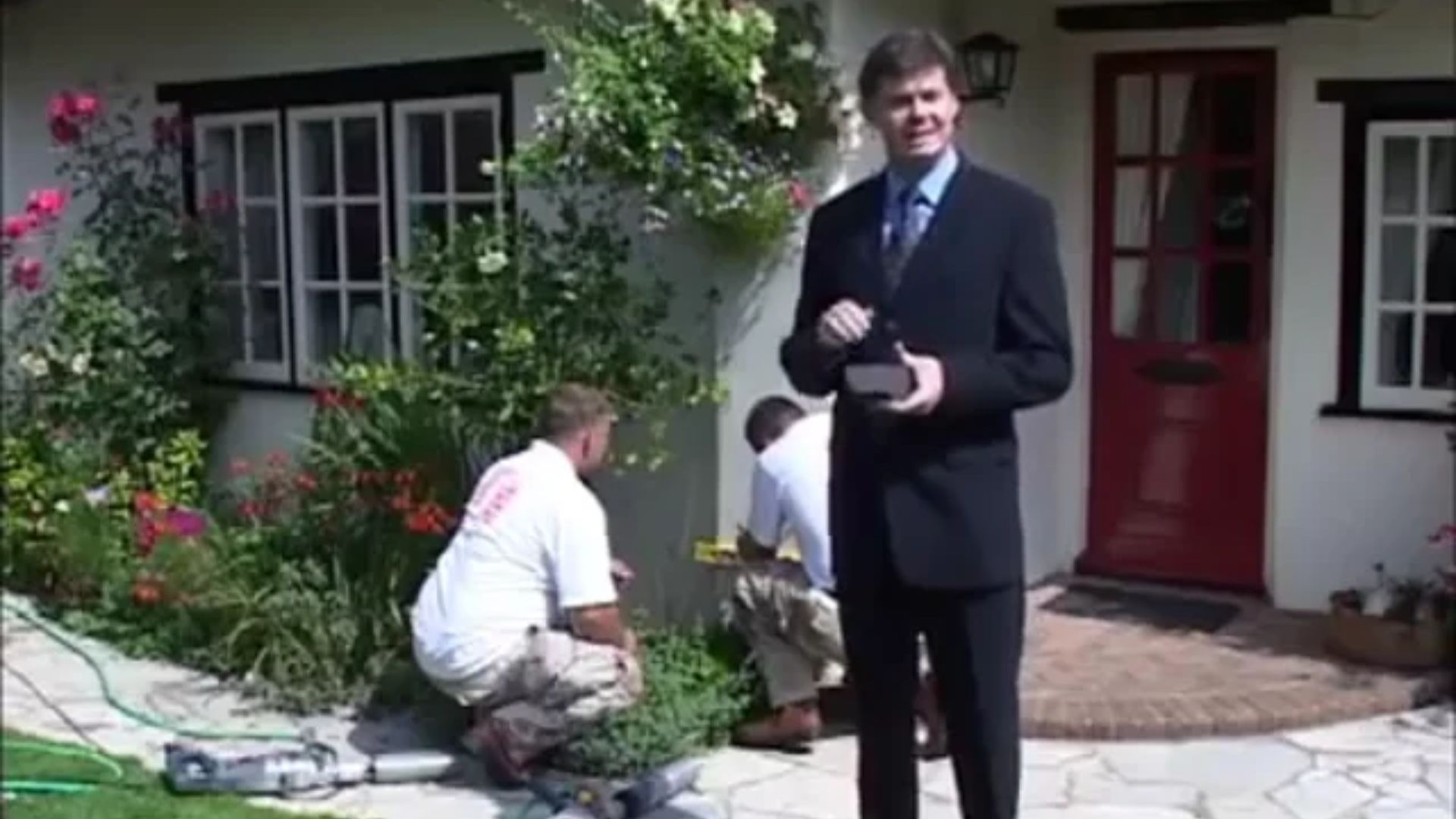sign of damp
How To Spot Signs of Damp
One sign of damp common to all kinds of damp problem is that unmistakable musty smell. Black moulds and spotting can also occur with all the different kinds of damp if the conditions are right, as can various types of rot, but there are some other symptoms that might help to identify the nature of a particular damp problem:
Rising Damp
The classic symptom of rising damp is the tidemark on the wall, which usually occurs about a meter above ground level. Other signs that you may have a rising damp problem include:
- Damaged or crumbling skirting boards.
- Peeling paint and wallpaper.
- Rotting floor boards.
- Discoloration and staining on the walls.
- Deposits on the walls, caused by the deposition of earth salts from the evaporating moisture.
Penetrating Damp
Some symptoms of penetrating damp are similar to those of rising damp and can include the presence of moulds and unpleasant odours. The key to differentiating the two usually lies in structural factors, the prevailing weather conditions and a close examination of the patterns involved. Typical signs of penetrating damp are:
- Damp patches on walls, ceilings and floors.
- Damp that occurs on the upper floors of a building, where rising damp will not reach.
- Damp patches that seem worse after heavy rain.
- Damp that occurs on walls that are frequently exposed to driving rain.
- Water damage and decay in exposed timber and masonry.
Condensation
Condensation is usually easy to spot, with misting and moisture on windows being an obvious sign of damp problems in your property, although it can also occur on other surfaces where it doesn’t stand out quite so much. If condensation is a regular issue within a particular room then some common symptoms include:
- Peeling paint on window frames
- Mould and structural damage surrounding windows
- Peeling paint on window sills
- Mould on net curtains
If these symptoms are present, it is worth checking to see if condensation could be causing issues in other areas of the room, particularly on walls.
For further information read our article about 7 ways to prevent condensation in your home





